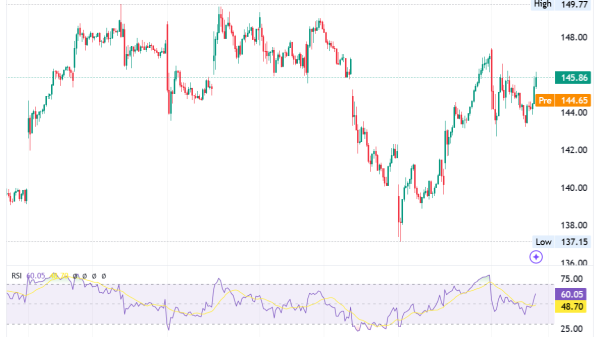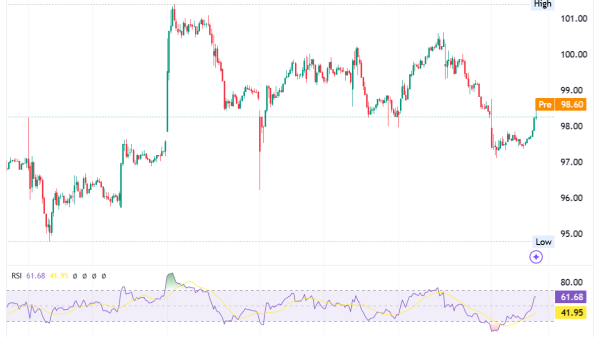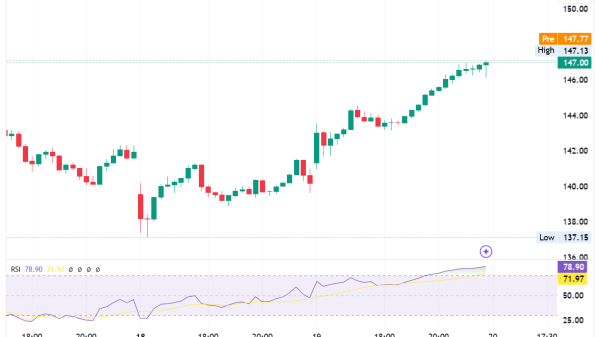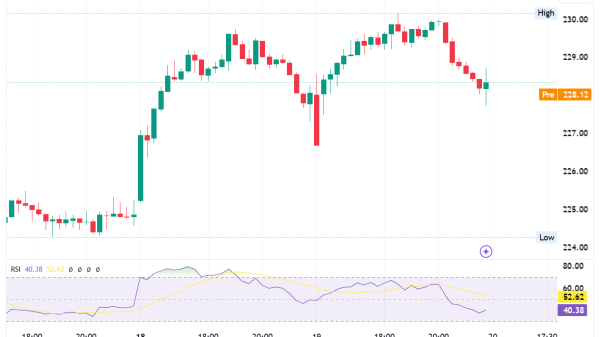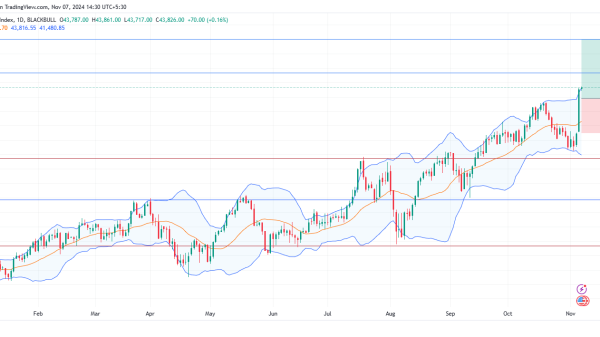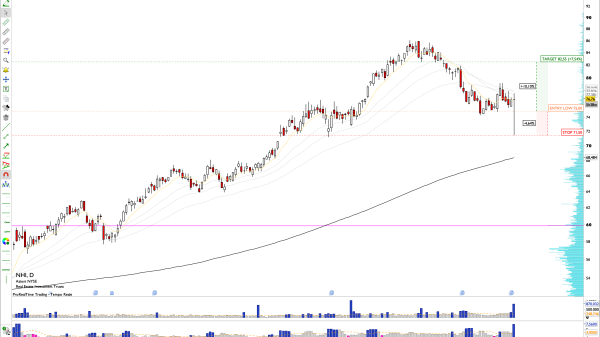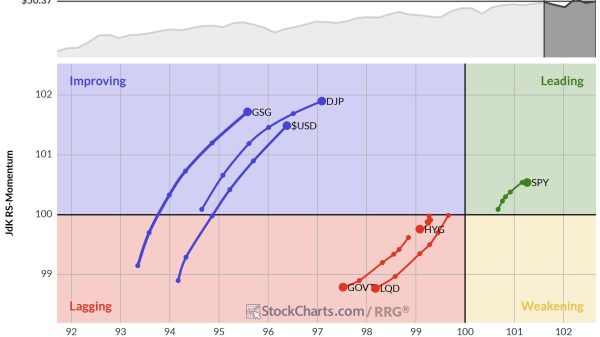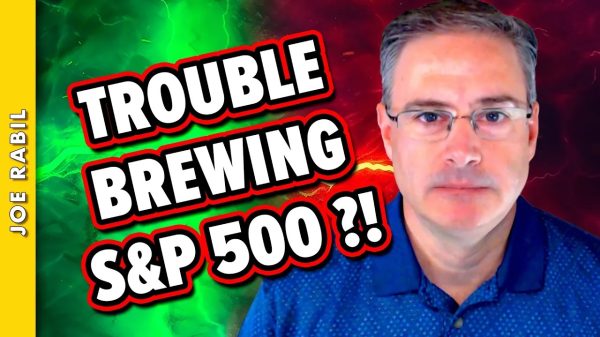Pivot reversal strategy – what is in for traders?
Pivot points in technical analysis of the financial markets are very popular among market makers and individual traders. They are especially useful in Forex trading. They are also handy tools for breakout and trend traders who aim to determine the key levels of the breakouts. Also, pivot points are popular among range-bound traders who aim to spot entry points. It’s also a great tool for swing trading, intraday trading. In this article, we will see how the pivot points can be applied in the pivot point reversal strategy.
What is Pivot Point Reversal Strategy?
Pivot point reversal strategy combines Pivot Points and Fibonacci Retracements. It is simple and has entry points, stop-losses, and precise objectives.
The first parameter of this strategy is identifying the trend and waiting for a pullback to trade in the direction of the trend. When the trend is bullish, the trader should wait for a downward correction in the price. Conversely, when the trend is down, trader must wait for an upward correction to take a short position.
This strategy, which combines patience and timing, allows you to trade in the direction of the trend only. It can be considered a conservative strategy because the essential aspect of this strategy is the reversal of the trend before the continuation of the main trend,
The Pivot Points technique is well known to forex traders for calculating intraday support and resistance levels. Its general principle is to determine the number of psychologically significant levels.
The most important level is the pivot point. If forex prices move above, we are in an uptrend. Conversely, any movement below this level indicates that the trend is rather bearish.
We can therefore take a long position when the prices cross the pivot level upwards and a short position when the prices break the pivot downwards.
Two pivot point trading strategies
Many trading strategies are created with the help of pivot points as a basis. However, the precision of using support/resistance increases if Japanese candle formation can be spotted at the same time.
For instance, if prices are trading below the level of the central pivot during the session before moving above it while developing a reversal chart pattern (such as a hanging man, Doji, or shooting star), prices rebound, then frequently below the pivot point.
Another strategy used by financial markets traders is to search for prices that bounce off the pivot, thereby confirming the pivot point level as a strong resistance or support zone.
If the asset’s price crosses the pivot point, it indicates that the pivot point level isn’t so strong. Therefore it’s less reliable as a signal. However, if prices are hesitating around this level or “validating” it, this suggests a likely breakout that could lead to a continuation move.
Pivot Point Reversal Strategy – The Main Steps
This strategy takes into account the first support level price action while the bullish trend is on and the first resistance level while the bearish trend is on.
The main steps of this strategy are as follows:
Identifying pivot points and the main trend
Pivot Point strategy execution
Calculation of target and stop loss
Determining the closing price is what is important for pivot points. Also, you need to pay attention to the bar showing the lowest lows or highest highs.
Now we will see several trading methods applied within the Pivot Point Reversal Strategy.
Long Entry strategy: If the asset price kicks off above the PP, then the trader should buy around the pivot point line since the trend is gaining strength.
Long conservative entry: If the closing price is at x pips exceeding the PP level. The trader would certainly want the prices to meet the PP and open a trade. It’s important for the line to be stable.
Long stop loss: If the stop loss is several pipes below PP, then you should use the stop loss. Stop loss below S1(Support 1) allows for possible errors in trade.
Long take profit. In this case, profit takes place at S2(Support 2). In case the trade happens at S1, a shift to stop loss to make balance is vital.
Short entry: The price is below PP. And the trader chose to go short around the PP line. In case the PP line is missed or overshot, and the price seems to go downward, you should make other trades move along short biased pivot point direction.
Short conservative entry: Market price should meet the PP line for a profitable trade. This is valid only if prices are closing at x pips below PP level and if the line is stable.
Short stop loss: The idea here is based on the idea that you should use stop loss in case of several pips above the PP. If the stop loss is above Resistance 1 R 1 level, you will have more room for the error.
You can easily determine pivot points using Forex Pivot Point Calculator
The Calculation Formula uses the previous day’s quotes (high, low, and closing price)
Pivot Reversal Strategy – Summary
The pivot reversal strategy consists of determining the optimal time for taking bounce trades. It’s best when applied in short time frames, from 1 to 5 minutes. This strategy can be very profitable since the pivot point indicator is one of the most reliable in tech analysis of the markets.
The post Pivot reversal strategy – what is in for traders? appeared first on FinanceBrokerage.

